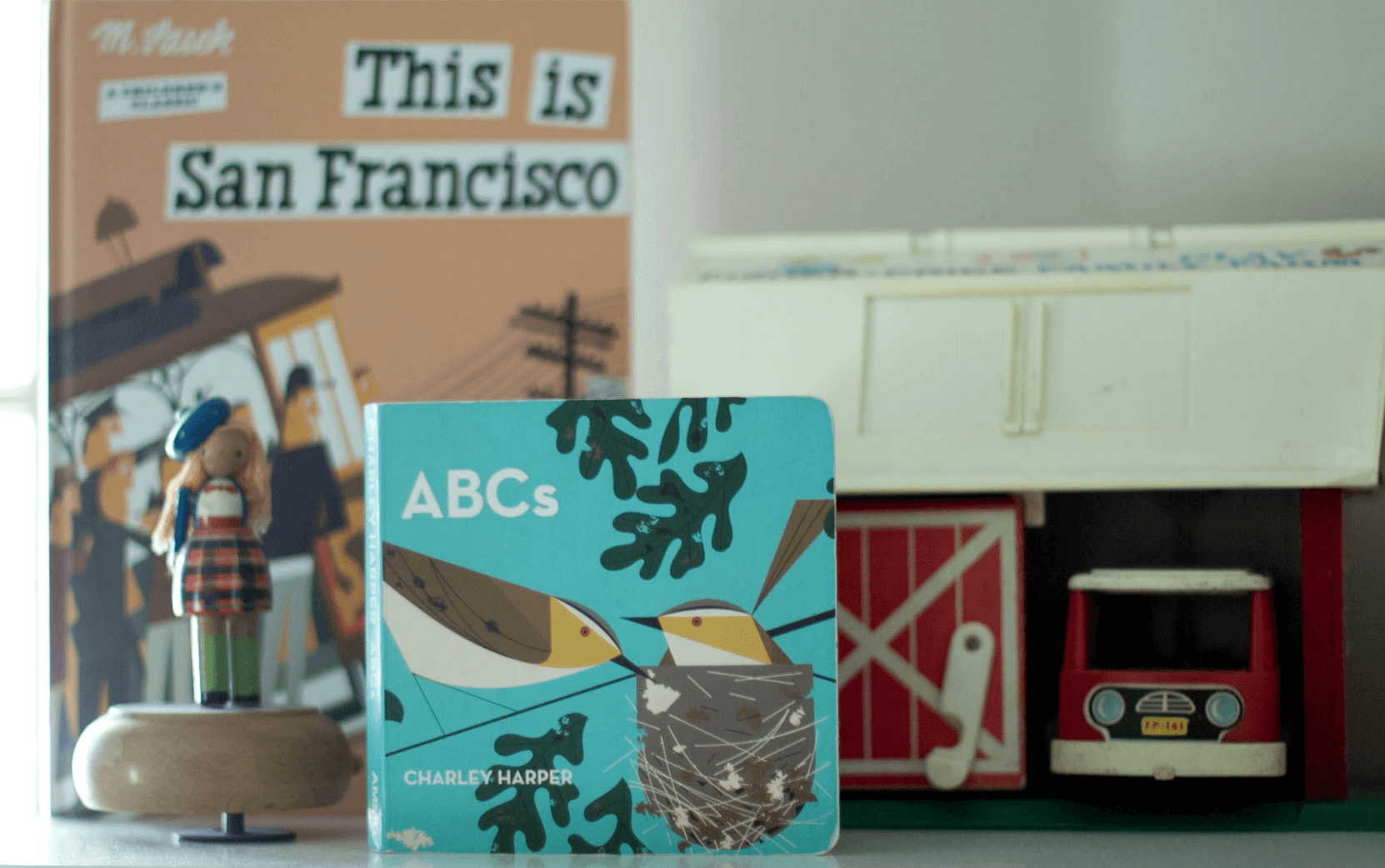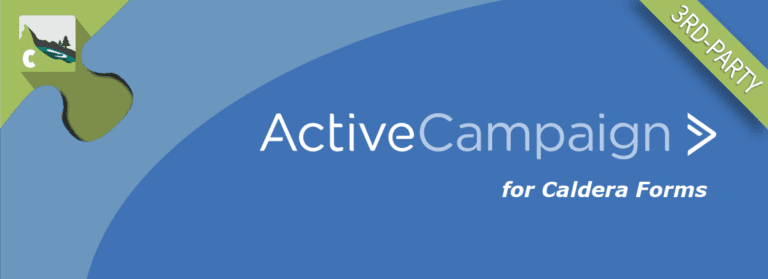Should You Use a Style-guide for Your Content?

Style guides serve a purpose, especially for organizations with a number of contributors of content, whether that content be internal or external. We use a style guide for a blog we manage, where we have over 300 contributors. Providing a consistent voice/tone, treatment of specific words, how to deal with certain “slippery” terms and more provides a casual reader with a better overall experience and impression, regardless of whether they are looking to buy or not.
Do I think they’re useful? Yes, style guides for content are useful and, I feel, are essential. Whether you’re a single contributor (like I am) or you’re part of a larger team, exploring a content style guide is a valuable expenditure of your time.
Style guides can also be intimidating. I think of my own experiences working with large organizations and seeing management get paralyzed when a style guide for content comes up. They don’t know what it is; what it’s for and how to implement it and what its true role is.
I’m not sure if Brian Krogsgard, at Post Status, has a content style guide, but I’m willing to bet he does. We modeled a little bit of our blog after theirs; you can see some similarities.
What is a Content Style Guide?
I’m not going to go for a traditional definition. I’m going to use my own. A content style guide is a tool to make sure that your brand’s communication is consistent, to the point and is using best practices for voice and tone, grammar, structure and is audience appropriate given the appropriate subject; it also helps determine the appropriate usage of things like headings, and other sentence and paragraph structure elements such as italics, caps, bullet-points etc.
Mailchimp recently “Open Sourced” their content style guide (which you can read here) and I think if you’re just getting started and thinking on whether or not you should implement one, you need to read-through Mailchimp’s guide, it’s awesome. I know, Content Style Guides are boring but, really, I dork out on that stuff.
Ultimately, a content style guide is something you reference when in doubt.
What a Content Style Guide is Not
I’ve heard some who are afraid of content style guides because they some how hinder the creative process or limit creativity. That’s just not so. A content style guide, if nothing else, ensures that your creativity is on display and well-represented. It ensures a cohesive content structure that will become familiar to people over time.
Also, a style guide IS NOT a process defining document on how you get content from one point to the other; from writer, to editing to published. No. That’s not the purpose of a style guide. It has to do with the content and only the content. How it’s handled or routed should be handled via some other form of documentation; more like a standard operating procedure of some sort, or a checklist.
Lastly, a style guide should not be a piece of training material that everyone HAS to read; again, it’s there to help answer questions and solve problems; it’s not a mechanism for getting a passing grade on your company content style guide mid-term.
Who is a Content Style Guide For?
I think a style guide is important for anyone who is a member of a team responsible for generating content for a brand or an organization. This may be a communications team; this might your marketing department, even your I.T. department, or perhaps a team of content administrators. Maybe it’s ALL of these teams at once, or even more teams.
The point is, a content style guide is for anyone managing or responsible for content. If you contribute content, then you should adhere to a style guide.
Hopefully this gives you a few ideas on how you can use a style guide to jumpstart your organization’s content marketing efforts going forward. Also, because I think this stuff is cool, I’m going to write-up a few tips on creating your own simple-to-follow content style guide next time. So check back!
Get Notified When We Publish New Content!
Join more than 2,500 people who get our marketing automation, business marketing, and WordPress news!






